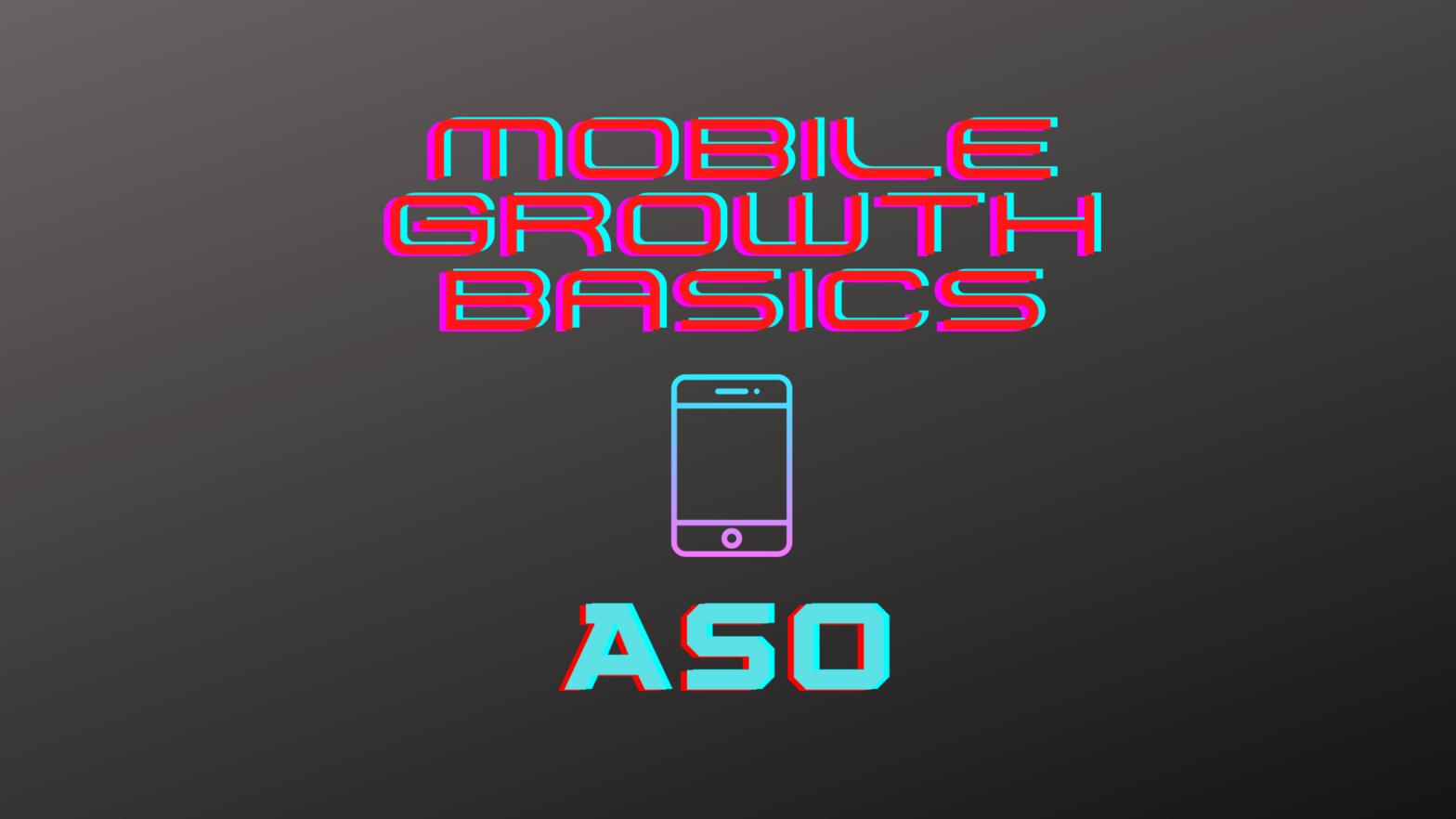App Store Optimization (ASO) is the foundation of any organic user acquisition strategy. Organic users are often seen as more valuable than users acquired through paid strategies. For instance, according to Statista, “Between January and September 2020, apps with organic installs presented a 24.1 percent retention rate after one day from the install, while paid installs presented roughly a 25.3 percent app retention rate after the same amount of time. However, after 12 weeks, non-organic installs had an app retention rate of 3.5, while organic installs had a retention rate of 4.5 percent.”
What is App Store Optimization?
Akin to SEO for website, ASO is the process by which app marketers improve app visibility in the app stores. By optimizing App Store listings, they can increase conversion rates and get more downloads.
While the main goal of ASO is to rank highly in the app store search results, it is not the only goal. Improving click-through rates (CTR) is also important to conversion. To optimize for high CTR, you must convince people to click on your app store listing once they find it.
ASO requires app marketers to optimize their app names, titles, icons, screenshots, and user review ratings.
The elements of ASO
Like SEO, ASO is an ongoing process that requires marketers to stay on top of the latest trends, App Store algorithms, and user behavior, and then tweak listings accordingly. What’s working today, may not work tomorrow.
Still there are some ASO fundamental best practices that will likely apply to any situation. Let’s talk about those:
Metadata
Not only is your app’s metadata a key part of ASO, but it’s relatively easy to update frequently as user search trends change. For instance, as Adjust reports, as the pandemic drove users to search for at-home workout solutions and Peloton responded by tweaking “their messaging from ‘on-demand classes’ to ‘fitness at home’.”
When it comes to metadata and keywords, Google and Apple have some very clear differences. AppRadar points out:
Creative
While good creative is key to any UA campaign’s success, having a well-designed and easily recognizable app icon is just the first step. Users quickly scrolling through results should be able to easily understand what your app does and the icon is a big part of converting that message. However, it’s not the only form of creative that matters.
App screenshots also help tell your app’s story and can help increase the CTR. Keeping these up to date and ensuring they accurately reflect your app’s functionality can ensure you find the right users.
Additionally, video can help apps, especially new ones, noticed in a crowded marketplace. App preview videos autoplay in the App Store Search results, and in the Google Play search results as well.
ASO is always evolving, and best practices will be defined by the store you’re developing for, the genre you’re in, and current industry trends so it is imperative to stay up to date on the latest in ASO. You can do that by attending industry events or becoming a member of professional organizations. Or you can explore more videos about ASO on our YouTube channel.





 3
3



